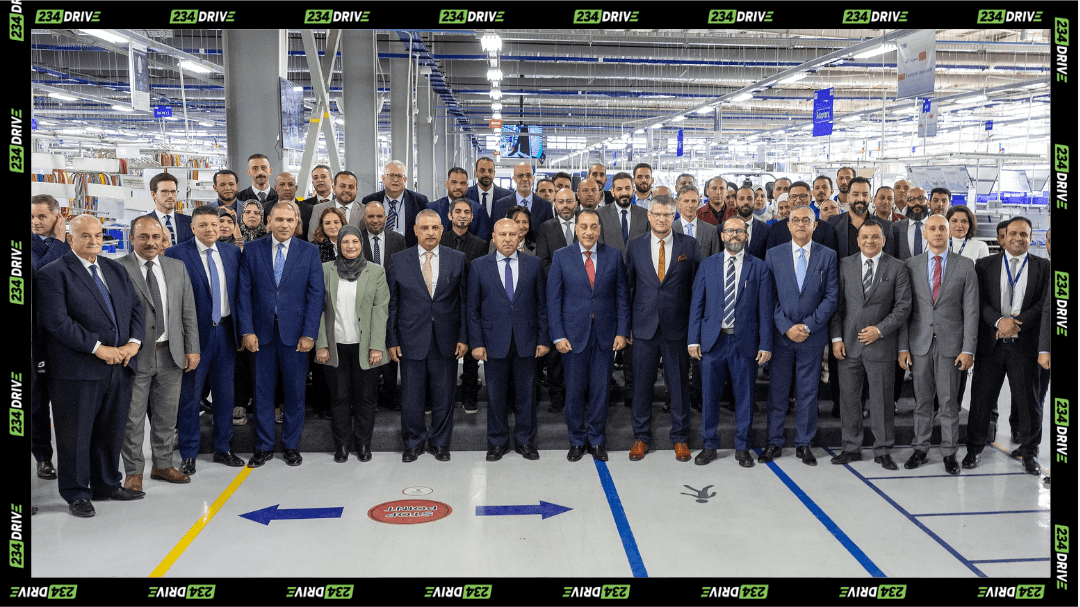Have you ever sat in traffic wondering what may be going on at the front? Well, as a Nigerian the occasional solution is to put off your car and walk a distance to find out the root cause of the traffic. The only downside to this solution is that before you return from your Israelite journey, the traffic may have moved and you now have a myriad of drivers shouting curses at you for leaving your car. Hopefully, an impatient driver is yet to ‘bash’ your car in an attempt to manoeuvre around. If you have ever been in this situation, you are in luck! A new feature called conversational reporting is intended to save you the stress by providing the root cause of traffic to any Waze user.

The Story Behind Waze
For most young drivers in Nigeria, the default app for navigation is Google Maps. I have personally always relied on my trusty Google Maps, even after it made me drive more than 20 minutes past my intended location due to a network error—but then again, I guess my network service provider was to blame for that. I had previously been unaware of a Google Maps competitor that some say is even better of. Waze is a traffic navigation system that gets better with every additional user.

In 2008, three friends, Ehud Shabtai, Amir Shinar, and Uri Levine founded Waze. The business idea originated from a project that dates back to 2006, which aimed at creating a free digital map of Israel with free updates and distribution. Waze then evolved into a traffic navigation app that combines the reach of a social network with GPS data to shorten the commutes of its users and reduce traffic congestion globally. As soon as I read about the app, I downloaded it on my phone and I was immediately met with the words “address not available”. However, it is no fault of the app, as I am currently in a village somewhere in the South West of Nigeria. Consequently, I realised that a shortcoming of Waze would be navigating remote areas in Nigeria, but that is a discussion for another day.
Conversational Reporting
Conversational reporting is a feature in the Waze app that allows users to report incidents by speaking naturally, like chatting with a friend in the app. Prior to conversational reporting, Waze made use of a standard touch input which involved tapping the reporting button on the screen and selecting the type of hazard from the list. The application now includes voice commands which allows drivers to keep their eyes on the road.
In Waze, conversational reporting is powered by the AI chatbot called Gemini and used to flag traffic hazards on the map through speaking. Conversational reporting uses AI to extract the essential information from the words spoken and determine what type of report you are trying to send. It is best to explain the concept with an example. For instance, if you are met with heavy traffic on Third Mainland Bridge and want to report it, you simply tap on the report button before speaking a phrase and say something like “this traffic is terrible.” Gemini will understand you’re trying to report a traffic jam and pin heavy traffic on the map.
How to Make Use of Conversational Reporting

You can send any report type supported by Waze using Conversational Reporting. To report an accident, you can tap the reporting button and say a phrase similar to “so this crash is why traffic is such a nightmare.” For an object on the road, a phrase like “who left a mattress in the middle of the road?” would do it. By doing so, other users of the app on your route can now see the cause and nature of the traffic jam. Personally, I would like to report a traffic jam as, ‘this traffic choke’ but Gemini may not be able to properly translate that. So, you may just have to stick to reporting with proper English words.
Regardless of the spoken phrase, Gemini should be able to understand what you want to say and extract the necessary information to flag the hazard on the map. If the report is still not clear, Gemini could ask for additional information and request that you describe what you see. The more you use conversational reporting, the better it gets, as the AI system learns how you describe hazards and eventually becomes more accurate and advanced at figuring out the report you are trying to submit.
All things considered, conversational reporting is a big step up from the basic map system of just turning red when there is a traffic jam ahead. With conversational reporting you become a reporter and a recipient of useful traffic information. Unfortunately, only people in well mapped out cities like Lagos and Abuja may enjoy this wonderful new feature of Waze. What are your thoughts?










